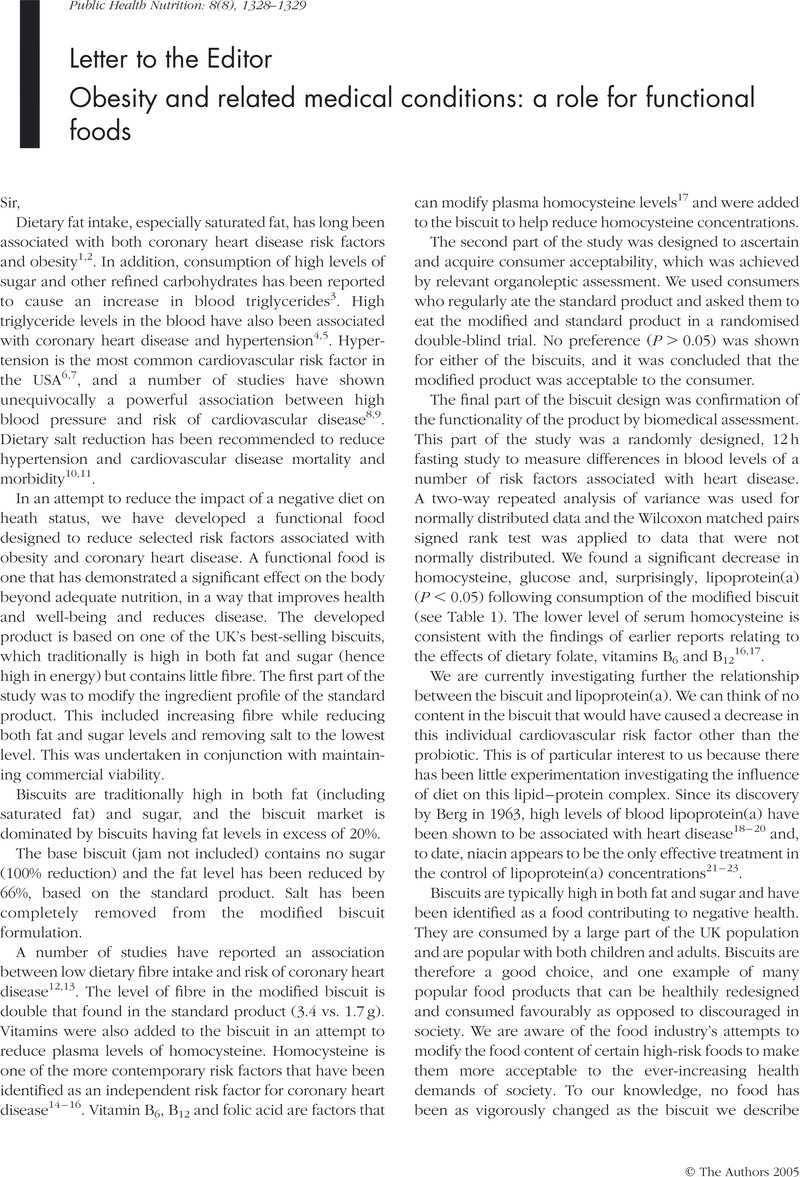Crossref Citations
This article has been cited by the following publications. This list is generated based on data provided by Crossref.
Murphy, Denis
2007.
Teaching Innovations in Lipid Science.
p.
11.





